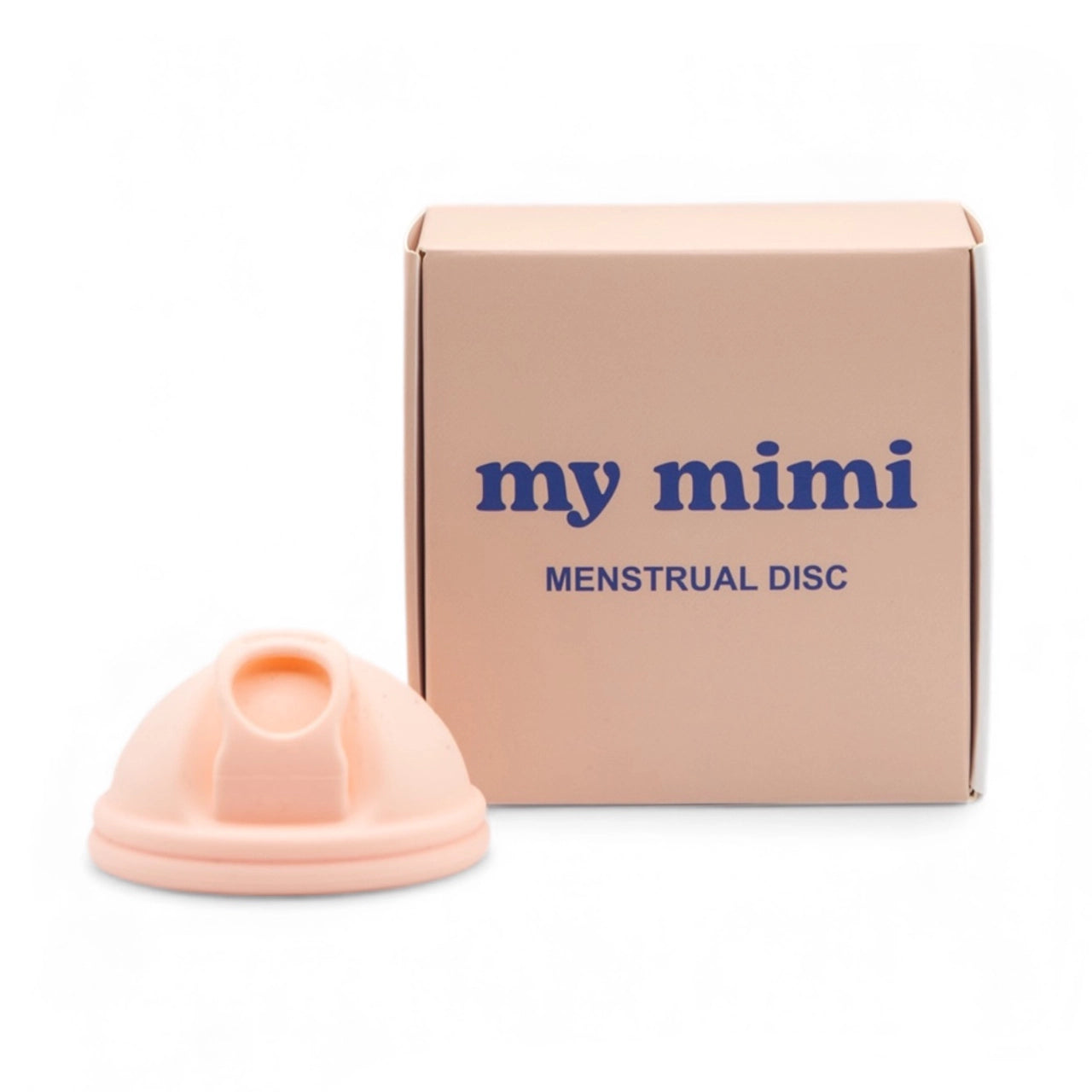everything you need to know about menstrual cups
Date Created: 8th of January 2024
Date Modified: 19th of April 2025
Read Time: 5 minutes
introduction
In Australia, around 20 billion disposable pads and tampons are discarded each year. Menstrual cups are gaining popularity as a reusable, eco-friendly period product. They’re cost-effective, versatile, and reduce environmental impact. Whether you're new to menstrual cups or exploring better options, this guide breaks down what you need to know.

what are menstrual cups
Menstrual cups are soft, flexible devices made from medical-grade silicone, latex, or TPE. Worn internally, they collect rather than absorb menstrual fluid. Their reusable design makes them a great alternative to disposable products, especially for those looking to save money and reduce waste.
types of menstrual cups and period cup alternatives
bell-shaped menstrual cups
The most common design. These cups sit in the vaginal canal and form a seal using suction. They can’t be used during penetrative sex.
ring-shaped menstrual discs
These rest in the vaginal fornix and can be worn during sex. Unlike cups, they don’t use suction and often feel more natural and comfortable.
benefits of using menstrual cups
long wear time
Menstrual cups can stay in place for up to 8 hours, depending on flow. This means fewer changes and less disruption to your day.
eco-friendly and economical
With proper care, one menstrual cup can last for years. This reduces plastic waste and saves money in the long run.
holds more than pads or tampons
Menstrual cups have a larger fluid capacity than most traditional products, making them ideal for heavier flows.
use it anywhere
Whether you're swimming, sleeping, or at the gym, menstrual cups stay in place and offer reliable protection.

common challenges with menstrual cups
learning curve
Using a menstrual cup can take some practice. Insertion, removal, and getting a good seal may take a few cycles to master.
finding your fit
Cups come in different sizes and shapes. Factors like age, cervix height, and flow all influence the right choice.
keeping it clean
Cleaning between uses is straightforward, but proper sterilisation between cycles is important for hygiene.
safety and compatibility
toxic shock syndrome (tss)
The risk of TSS is extremely low with menstrual cups. Still, it’s important to empty and clean your cup regularly.
vaginal health
Menstrual cups don’t disrupt natural pH or flora and are made with hypoallergenic materials.
using a menstrual cup with an iud
You can use both, but removal needs care. Discs may be safer since they don’t use suction. Speak to your doctor if unsure.
how to use a menstrual cup
choosing your size
Most brands offer small and large options. Consider your age, birth history, and cervix height when selecting.
insertion
Fold the cup and insert it. Let it pop open and gently rotate to ensure a full seal.
removal
Relax your body, pinch the base, and break the seal. Remove carefully, rinse, and reinsert or store.
menstrual cup materials and cleaning
what they’re made of
Medical-grade silicone, latex, and TPE are commonly used. All are designed for safety and durability.
cleaning tips
Rinse during your cycle, then boil at the end of your period. Avoid scented cleaners that may irritate.
environmental benefits of menstrual cups
reducing waste
One cup replaces thousands of disposable products, helping reduce landfill and plastic pollution.
less plastic, less packaging
Cups require minimal packaging and don’t need monthly repurchasing, making them a greener choice.
are menstrual discs a better option?
While cups are a great reusable choice, menstrual discs may offer even more flexibility. Discs can be worn during sex, sit higher in the body, and don’t rely on suction - making them IUD-friendly and often easier to remove. For many, they’re simply more comfortable.












